Toxicology in the 21st Century (Tox21)
We provide support and expertise in the area of toxicology and high-throughput screening.
Tox21 Overview
Contact
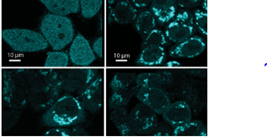
The Toxicology in the 21st Century (Tox21) program is a federal collaboration among NCATS, the National Toxicology Program at the National Institute of Environmental Health Sciences; the U.S. Environmental Protection Agency; and the U.S. Food and Drug Administration. Tox21 researchers aim to develop better toxicity assessment methods to quickly and efficiently test whether certain chemical compounds have the potential to disrupt processes in the human body that may lead to negative health effects. Learn more about the goals of the Tox21 program.
Using the center’s high-throughput robotic screening system, NCATS scientists are testing a collection of 10,000 environmental chemicals and approved drugs (called the Tox21 10K library) for their potential to disrupt biological pathways that may result in toxicity. The team prioritizes promising compounds identified from primary screening for further in-depth investigation. Learn more about how the Tox21 program works.
Tox21 History
Since Tox21 began in 2008, the collaborative research team has developed and validated in vitro cell-based assays (tests) using quantitative high-throughput screening. The researchers have identified, developed, optimized and screened more than 100 assays.
Tox21 program includes three research phases, structured with guidance from two reports — Toxicology in the 21st Century: The Role of the National Toxicology Program and Toxicity Testing in the 21st Century: A Vision and a Strategy and The U.S. Federal Tox21 Program: A Strategic and Operational Plan for Continued Leadership.
Our Team
Meet our team.

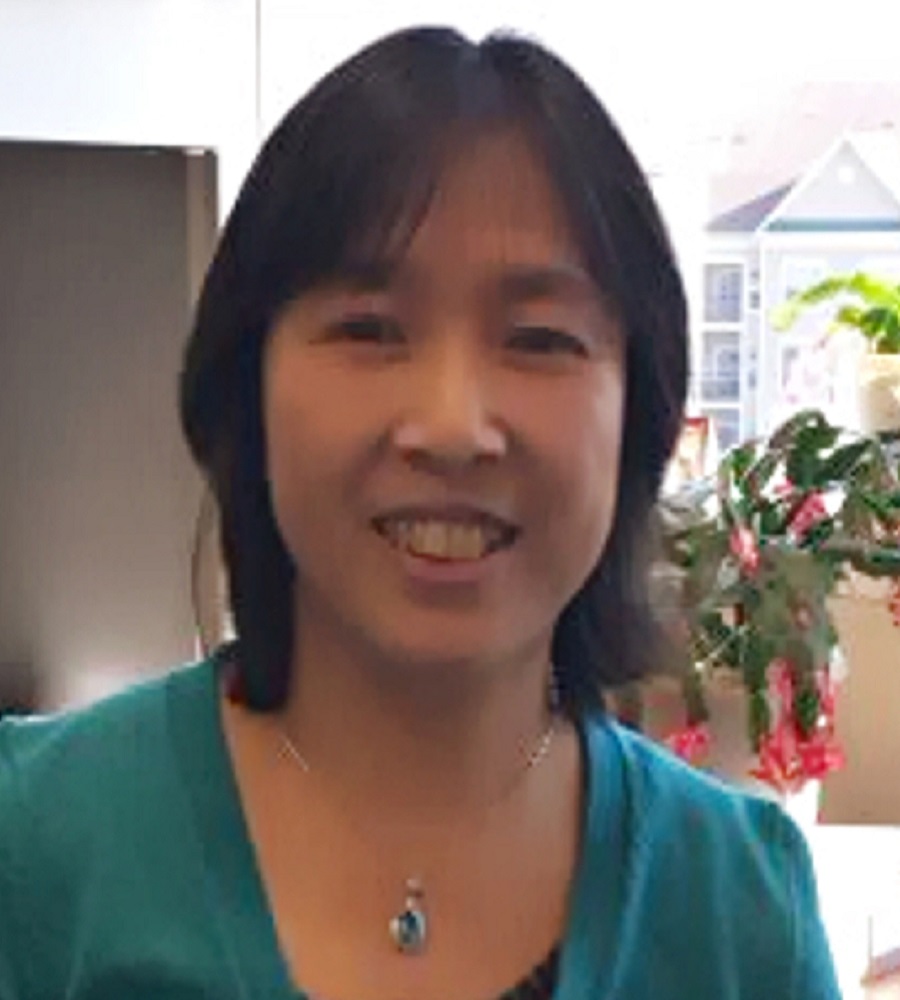

Tammi L. van Neel, Ph.D.
Intramural Research Training Award Postdoctoral Fellow
Division of Preclinical Innovation
Chemical Genomics Branch

Menghang Xia, Ph.D.
Leader (Systems Toxicology)
Division of Preclinical Innovation
Chemical Genomics Branch
Tox21 News
Unexpectedly Following a Translational Science Path
February 22, 2022 - NCATS News
- Toxicology in the 21st Century (Tox21)
NCATS supports several training and career development programs that not only inspire students to become scientists but also help grow the translational science workforce. Read about one student’s journey to becoming a translational scientist.
Read ArticleConditionally Reprogrammed Cells and Robotic High-Throughput Screening for Precision Cancer Therapy
October 19, 2021 - Media Coverage
- Toxicology in the 21st Century (Tox21)
10,000 Compounds and Counting: Scientists Create Extensive Chemical Library to Study Toxic Substances, Share Data
September 21, 2021 - NCATS News
- Toxicology in the 21st Century (Tox21)
NCATS scientists and collaborators created the Tox21 10K chemical library, a set of approximately 10,000 compounds and FDA-approved drugs, to help researchers rapidly conduct toxicity testing.
NCATS Assay Recognized in Top Ten List of Innovative Scientific Achievements
March 26, 2019 - NCATS News
- Toxicology in the 21st Century (Tox21)
NCATS developed a screening test to identify molecules that block the process of growing new blood vessels. With the test, NCATS scientists found both known and potential new anticancer drugs.
Tox21 ASR Video 2021 Lab Tour
This video briefly describes the instruments and analytical methods used in the Tox21 Program at NCATS to further toxicological testing.
Work With Us
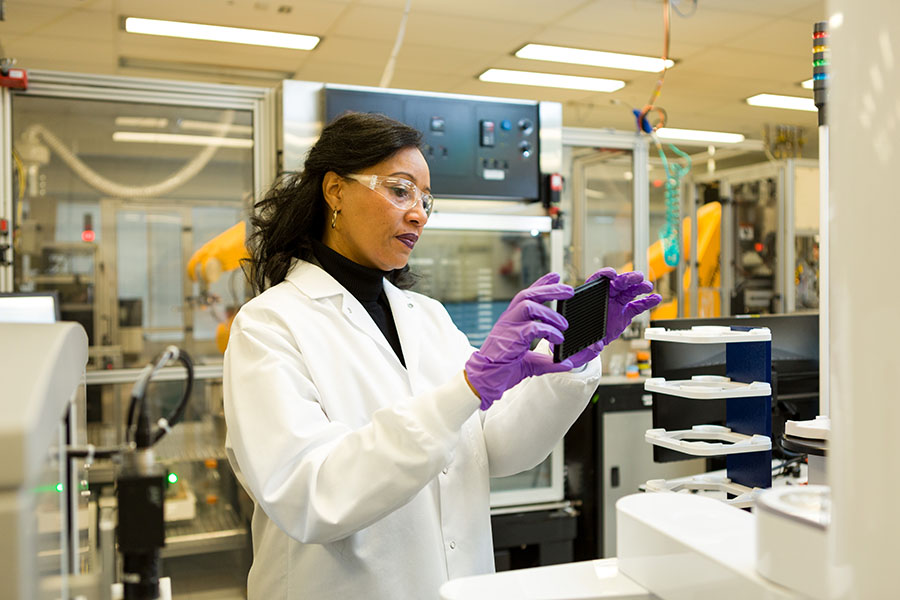
Tox21 currently is accepting assay proposals from investigators in all areas, both within and outside NIH and the federal government. Follow the instructions provided to nominate an assay.
More About the Program
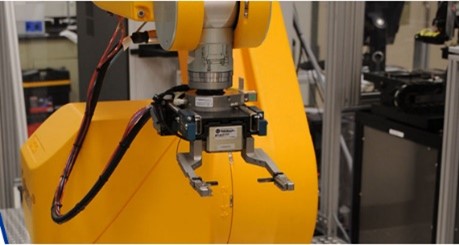
Scientific Capabilities
Tox21 experts carry out automated quantitative high-throughput screening using a library of approximately 10,000 compounds (Tox21 10K).
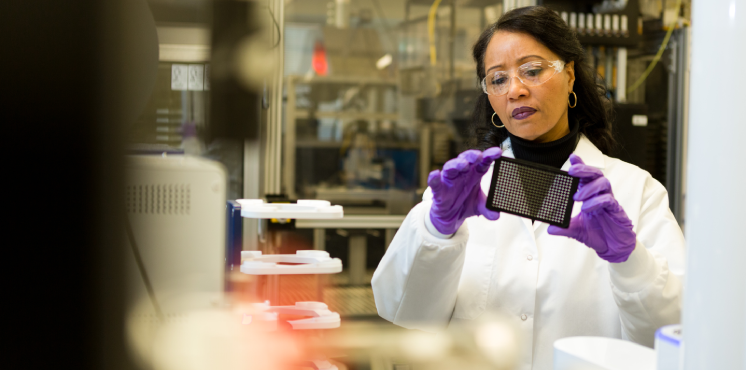
Work With Tox21
Tox21 experts are continually developing, validating and integrating toxicity assays into the quantitative high-throughput screening (qHTS) platform.
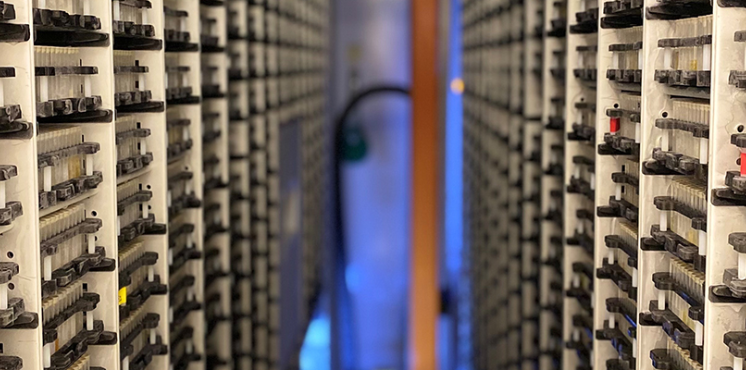
Tox21 Projects
Tox21 projects are made possible by new technologies and new discoveries in gene expression analysis, culture of human tissue stem cells and integrated pathway information.


